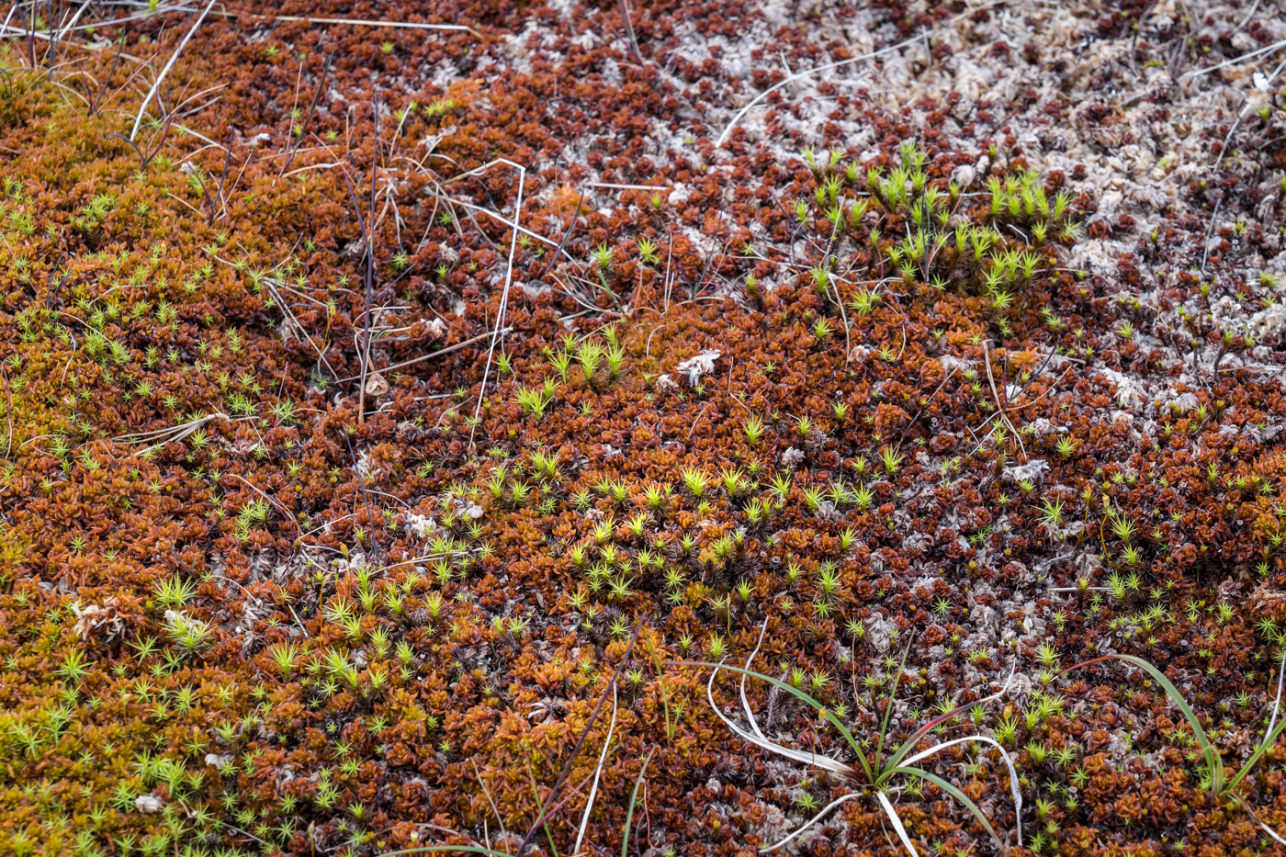Field Notes: Seasons of Schiehallion
As the colour starts to fade from the uplands and the first frosts grip the morning dew, Schiehallion Ranger Erin Stoll reflects on a growing season working at one of the Trust's most well visited areas.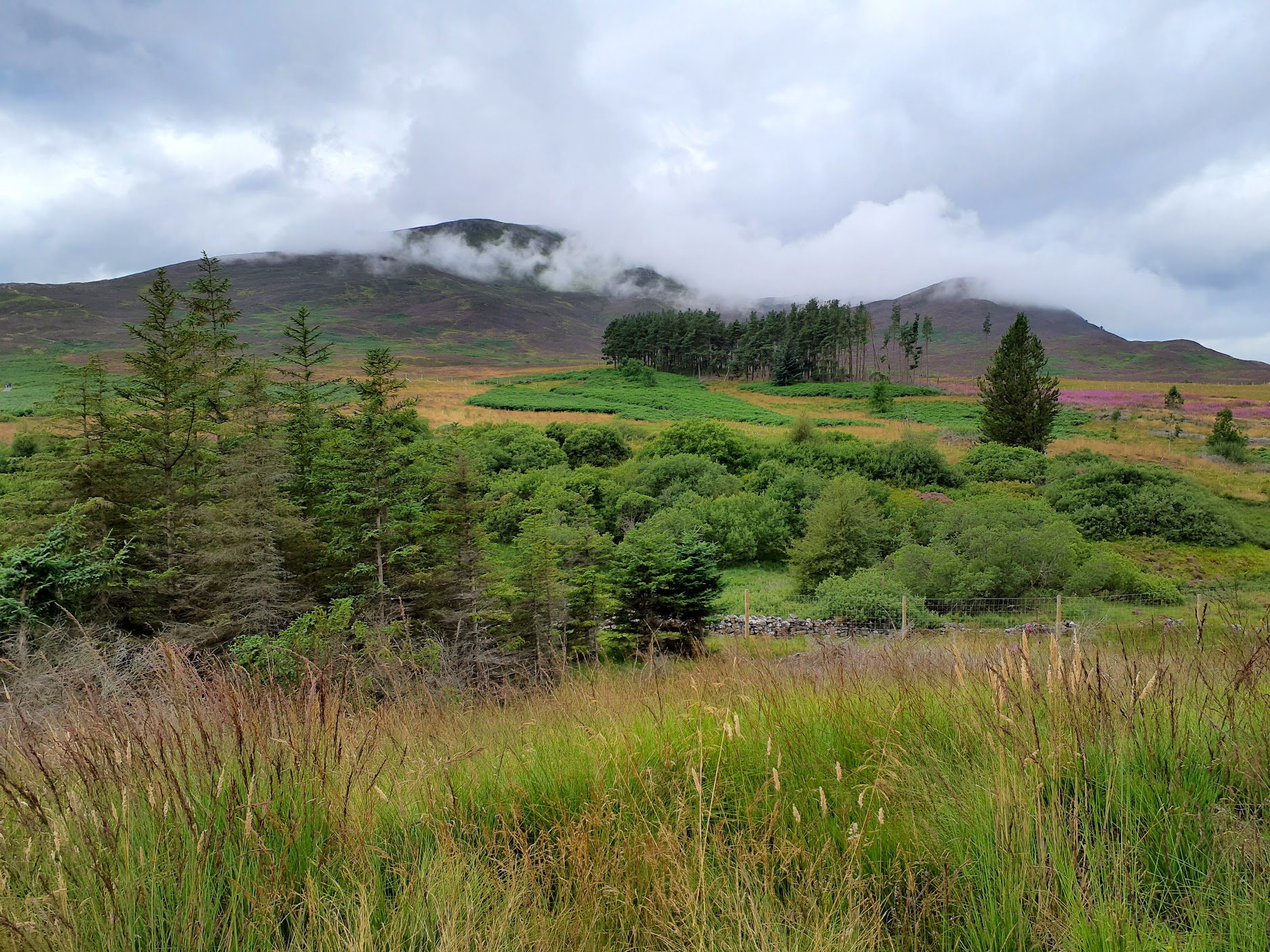
This year I have been fortunate enough to follow the rhythm of the seasons across the mountain landscape of East Schiehallion as both a PhD placement student and a Seasonal Ranger working to manage and conserve this iconic Scottish mountain. My Seasonal Ranger post was supported by NatureScot, through the Better Places Green Recovery Fund.
Spring
Despite being late March and technically British Summer Time, my first few weeks at Schiehallion saw snow, sleet, and freezing temperatures. The landscape was still very much in hibernation when I joined the team looking after the ‘fairy hill of the Caledonians’.
Land managed by the Trust at Schiehallion covers much of the eastern and northern slopes of the hill, including a variety of habitats – upland heather heath, grassy meadow, calcareous flushes, regenerating woodland, and bare rock on the 1083m summit. This diversity of habitats is in part due to the rich geological diversity of Schiehallion, while the exposed summit is composed of acidic quartzite, some of the northern slopes feature limestone outcrops supporting alkaline grassland plant communities.

^ Quartzite boulder under snow near the Schiehallion summit (1083m) in March
The start of spring also marks the start of the biodiversity monitoring season, as bird numbers, plant diversity and growth of tree seedlings can start to be recorded as the days grow longer and warmer. At Schiehallion, we conduct black grouse surveys, bird breeding surveys and, heath monitoring in spring as to better understand the ecosystem and inform conservation management decisions. May is a particularly busy month – lots of surveys must be carried out before the peak tourist season.
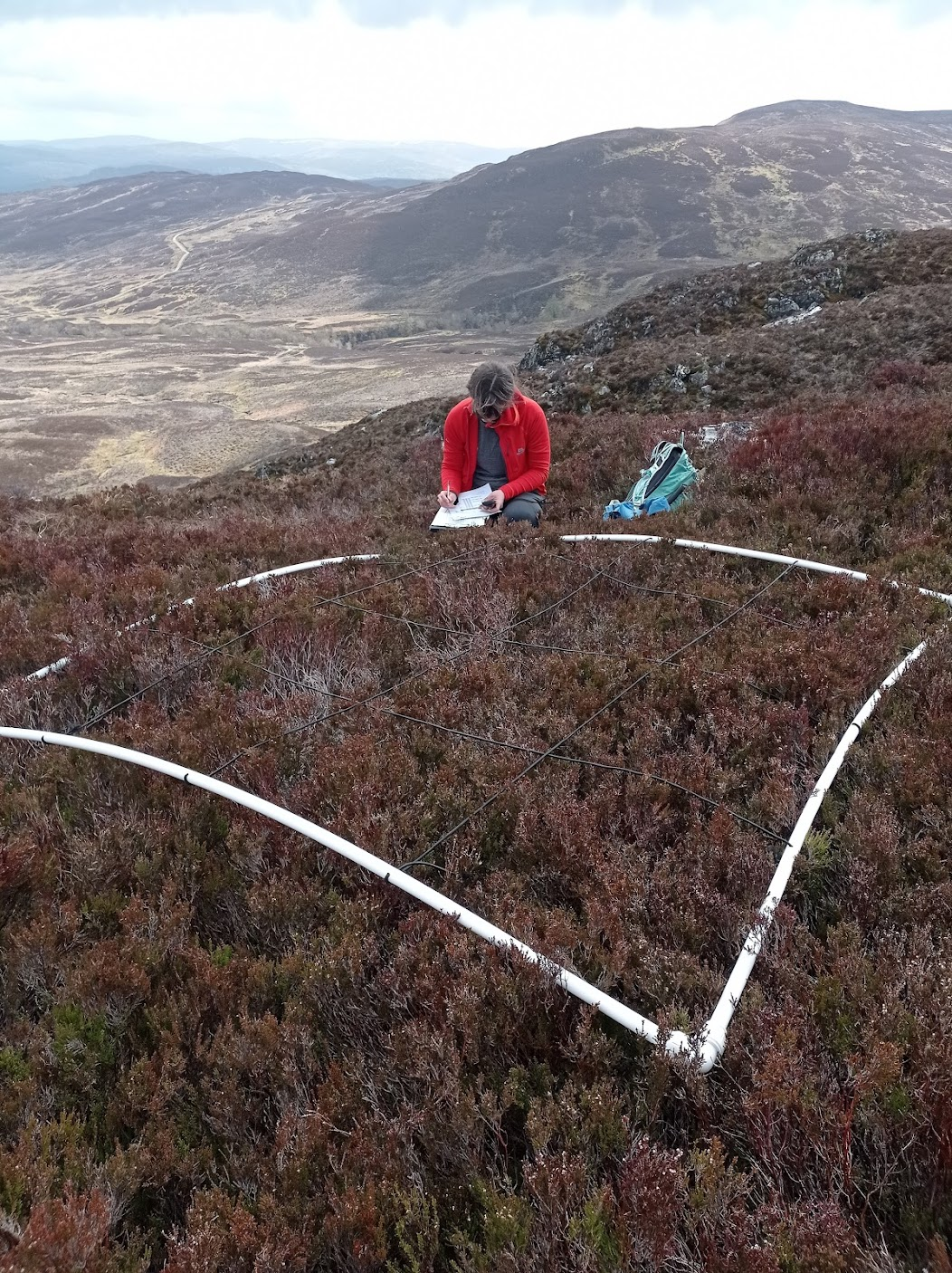
^ Heath plot monitoring: Recording the impact of grazing and browsing from herbivores on the upland heath
Summer
As June begins, the visitor numbers to Schiehallion and the Braes of Foss car park steadily increase. As part of my work as the Seasonal Ranger on-site, I assisted in the management of the visitor car park and conducted visitor surveys throughout the summer – gathering data to better understand visitor needs and opinions. Sunny days during the summer holidays see high numbers of visitors from all around Scotland and further afield. This heavy footfall on the hill path means we must regularly check the trail for any damage, and make sure drainage ditches are clear to channel water from heavy summer rains to prevent further soil erosion.
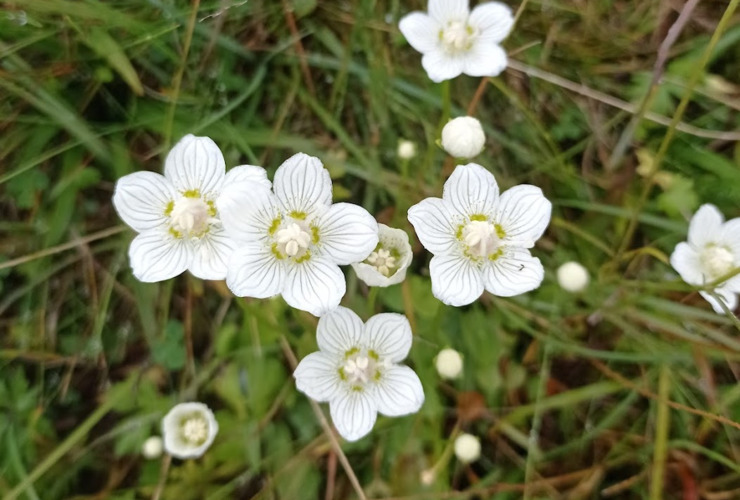
^ Grass of parnassus or bog star (Parnassia palustris)
Summer also sees the hillside at its greenest and richest; this year this was particularly evident in the new woodland regeneration area where seedlings have been protected from grazing pressure since 2018. Most of the tree seedlings planted in the regeneration area are now three years old, and some over a metre tall, with some young rowans even starting to bear fruit dispersed by foraging birds. Wild flowers including meadowsweet, harebell, fairy flax, bird’s foot trefoil, thistles and cuckoo flower provided a vibrant palette on the ground while the calls of meadow pipets, willow warblers and stonechats harmonised in the soundscape.
Autumn
A hot and dry September brought a late start to autumn this year, with temperatures reaching above 24°C on site. Early autumn rain brought a huge diversity of fungi to fruit in the lowland wooded area of the site, including some edible porcini mushrooms, and nationally important scarlet waxcaps appearing in the grazed grassland areas. Further up the hillside, apricot-coloured cloudberries also added a glow to the heath as the heather flowers started to fade.
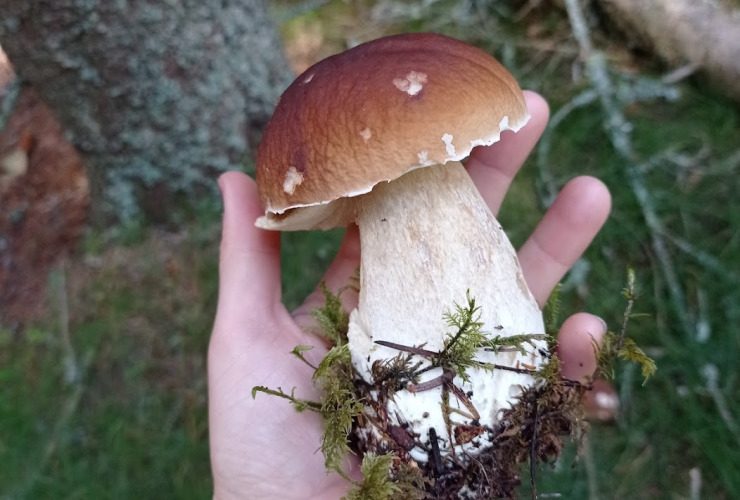
^ Porcini or penny bun mushrooms (Boletus edulis)
Much of this autumn has been focused on the year to come, identifying the successes and challenges of managing the landscape. Grazing pressure from deer and sheep is still a major barrier to mountain woodland regeneration across most of the property. In the future, we hope that facilitating reduced grazing will allow mosaic mountain woodland cover to develop across the hillside, and species such as dwarf birch, juniper and montane willows may expand from the protected woodland regeneration area.
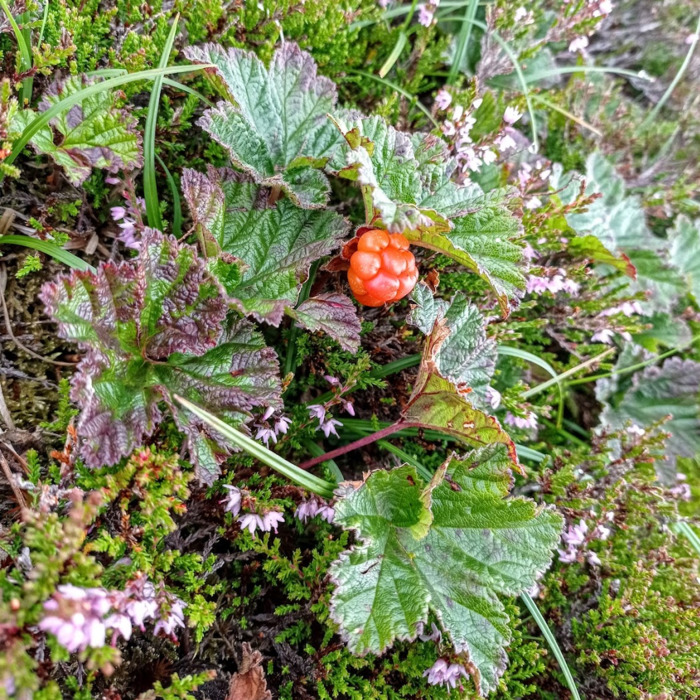
^ Cloudberry (Rubus chamaemorus)
Just three years since the establishment of the new fence line, we are already seeing a visible difference in the vegetation and the wildlife flourishing within its boundary. Patchy mountain woodlands can provide a valuable (and nationally rare) habitat type, utlised by a variety of wildlife including some of Scotland's most revered species such as capercaillie, black grouse, ring ouzel, pine marten, wildcat, and golden eagle as well as providing multiple ecosystem services.
If this habitat is able to develop, in a decade's time, the autumn vista across the eastern slopes of Schiehallion could be enriched with the hues of bronze birch, tumbling willow and evergreen juniper.
- Find out more about our work on Schiehallion.
All photographs by Erin Stoll

